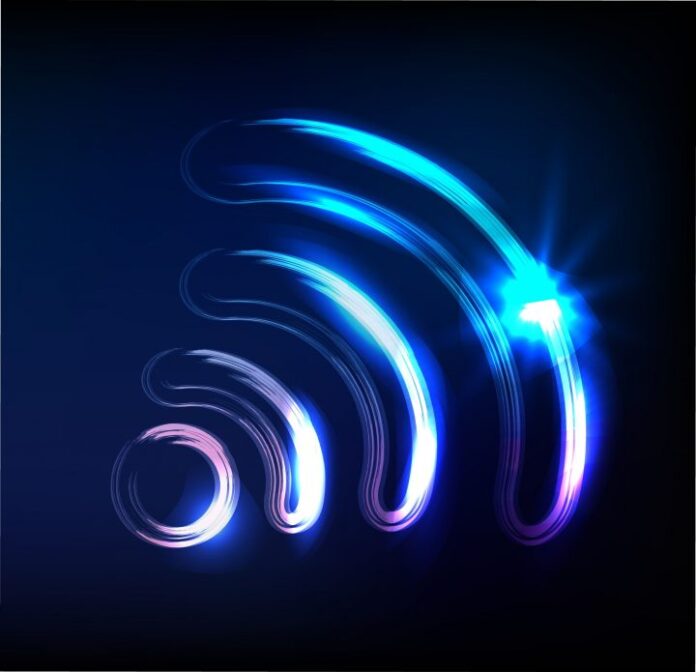The hype around 5G continues to grow. Many carriers are promoting this technology as a way to target the enterprise networking and IoT markets with an end-to-end service that spans indoor and outdoor coverage. Fundamentally, the carriers (and their radio network vendors) need to identify new revenue streams to offset strong headwinds, such as declining revenue per user in their core cellular businesses, a dwindling landline user base, and increasing competition from non-traditional service providers, such as Amazon and Google. But this doesn’t mean 5G is good for everything.
Many enterprises are understandably unclear about the roles Wi-Fi and 5G will play once 5G arrives, and how they might work together. Although carriers are just beginning to deploy 5G networks, and this service won’t be turned up in most markets for a few years, customers need to understand the impact 5G might have on the network so they can reach informed purchasing decisions today. I’ve attempted to clarify some common misperceptions around 5G, such as:
5G offers features Wi-Fi can’t match
Wi-Fi 6 and 5G are closely equivalent in terms of speed, latency, spectral efficiency, connection density (number of devices connected in a given area) and reliability. The 5G standard adds some new capabilities that 4G doesn’t have, such as network slicing (the ability to create several customized virtual network overlays under a single physical network), higher connection density (vs. 4G) and integrated Edge Compute (MEC). While these features are new for cellular, they aren’t new in the market. Enterprise networks, including Wi-Fi, have featured high connection density, network virtualization and edge compute capabilities for decades. When comparing 5G to Wi-Fi 6, the most important functional difference is 5G’s ability to offer macro-area coverage and high-speed mobility. Wi-Fi was not designed to incorporate either of these capabilities. Conversely, Wi-Fi economics are more favorable from both per-square-foot and lifecycle cost perspectives. So, if a customer values macro coverage and high-speed mobility – and is willing to pay the additional cost for them – 5G is a better fit.
5G will replace Wi-Fi in the enterprise
5G and Wi-Fi 6 are close on most performance metrics, but their economics differ greatly. It’s important to understand that, if an enterprise plans to use 5G to replace Wi-Fi, the enterprise would have to install a costly Distributed Antenna System (DAS) or small-cell network, replace all of its laptops, printers, and other devices to ones that include pricey 5G modems, and pay a service fee for each of those devices. It’s difficult to envision many customers making this expensive jump for an unclear benefit.
5G is more secure than Wi-Fi
There is a misperception that cellular technologies are more secure than Wi-Fi. Although LTE is relatively secure, it’s not perfect. According to researchers at the University of Iowa and Purdue University, LTE is vulnerable to a range of attacks, including data interception and device tracking. 5G improves upon LTE security with multiple authentication methods and better key management. At the same time, Wi-Fi security continues to advance. Of course, Wi-Fi implementations that do not follow best practices, such as those without even basic password protection, are not optimal. Those configured with proper access controls and passwords are highly secure, and with new standards – specifically WPA3 and Enhanced Open – Wi-Fi network security is even better. It’s also important to keep in mind that that enterprises have made enormous investments in security and compliance solutions tailored to their specific needs. With cellular networks, including 5G, enterprises lose the ability to deploy their chosen security and compliance solutions, as well as most visibility into traffic flows. With macro 5G, from a security perspective, you get what you get.
5G is more reliable than Wi-Fi
Both Wi-Fi 6 and 5G are extremely reliable when deployed correctly. Although macro 5G is deployed using licensed spectrum, which is less subject to interference than unlicensed spectrum, operating on licensed spectrum doesn’t always translate to higher levels of reliability. Numerous enterprise Wi-Fi customers have achieved extremely high levels of reliability and performance in demanding environments, such as large, sophisticated manufacturing plants. Wi-Fi 6 improves reliability even further. Still, for certain applications, it might make sense to segment a specific private network on either a licensed spectrum, or a different band of unlicensed spectrum (for example, CBRS).
The reality is that Wi-Fi and 5G are both evolving to better serve end users, and both markets will grow to address the macro trend of connecting devices and analyzing the data generated by these devices. 5G will serve applications requiring high-speed mobility and macro coverage, while Wi-Fi 6 will continue to prove its value as a reliable, secure and cost-effective access technology for most enterprise applications, as it does today.

